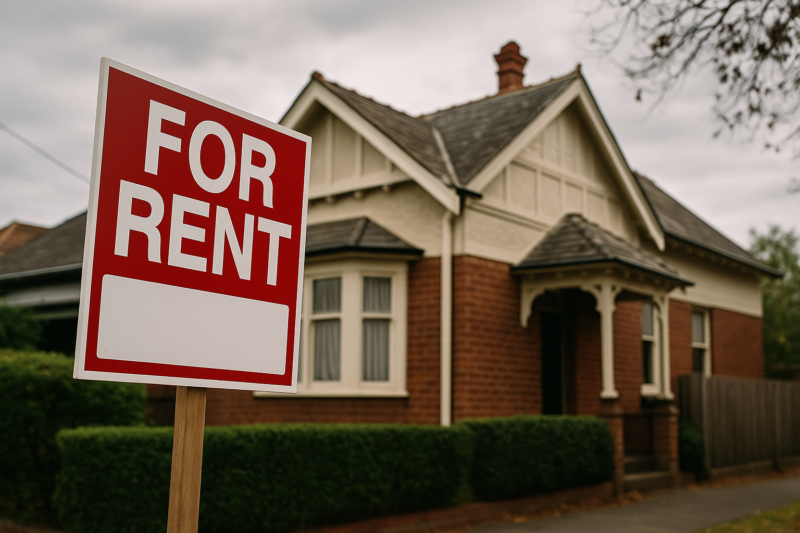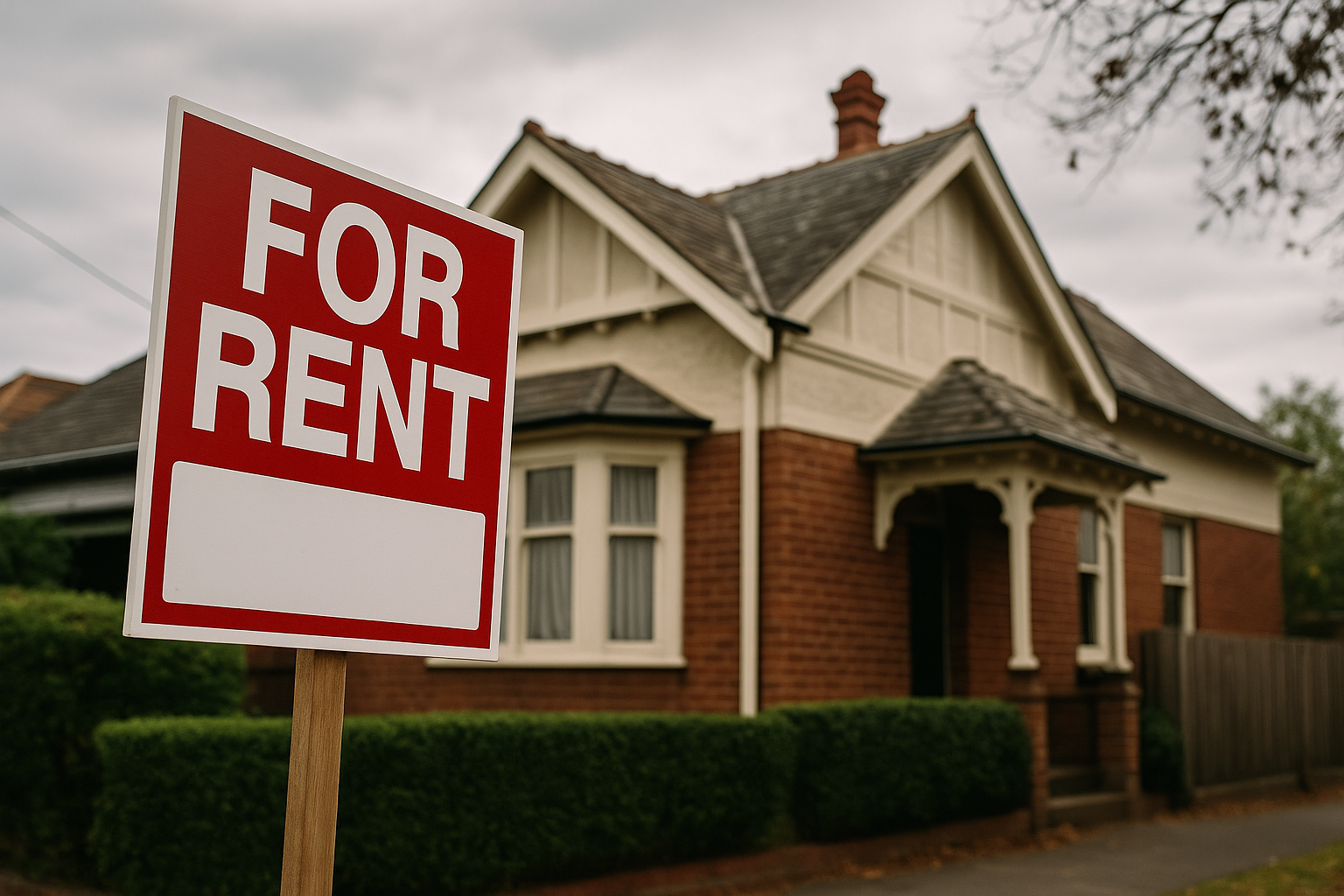
Key takeaways
Victoria’s Airbnb tax flopped: The 7.5% levy hasn’t freed up rentals or eased affordability pressures.
Vacancy rates are still dire: Melbourne’s rental vacancy sits below 2%, while rents hit record highs.
Global lessons ignored: New York tried similar bans, but rents rose faster and listings went underground.
A political gesture, not a fix: The levy created headlines but failed to tackle the real causes of the crisis.
What’s needed: Better data, licensing and caps, supply incentives, and serious investment in social housing.
Governments love quick fixes, especially when it comes to housing.
That’s why Victoria’s new “Airbnb tax” was hailed as a game-changer; a bold policy to push thousands of homes from short-term holiday lets back into the long-term rental market.
However, here’s the uncomfortable truth: instead of freeing up housing, the levy has only added costs, increased red tape, and fostered false hope.
And just like similar experiments overseas, it’s proving to be yet another distraction from the real causes of Australia’s rental crisis.

Melbourne’s worsening vacancy crisis
The Victorian Government’s 7.5% short-term rental levy came into effect on 1 January 2025.
Its promise was simple: make it less attractive for landlords to rent out properties on platforms like Airbnb and funnel those homes back into the long-term rental pool.
Yet the data tells a very different story.
SQM Research reported that in November 2024, Melbourne, a city of over five million people, had just 10,755 rental properties on the market, equating to a 2% vacancy rate based on the total number of properties in the rental pool.
By March, that figure had dropped to 1.5%, one of the lowest on record, before nudging up slightly to 1.8% in June.
For renters, the pressure hasn’t eased. Instead, it’s intensified. Competition for scarce rentals remains fierce, and rents keep climbing.
In July, Melbourne’s average weekly rent reached $651, a 2.8% increase over the previous year.
The reality? The levy hasn’t delivered more homes for long-term tenants.
What it has done is push extra compliance costs onto short-term rental hosts, costs that inevitably flow through to consumers.
Lessons from overseas
If this sounds familiar, it’s because we’ve seen it before.
In New York, authorities effectively banned short-term rentals in 2023 with the same intention of improving affordability and increasing availability.
But according to Professor Peter O’Connor of the University of South Australia, the outcome was “unsurprising”; vacancy rates stayed the same, while affordability actually went backwards.
Rents rose faster than in comparable U.S. cities.
Instead of converting to long-term housing, many properties were left vacant or slipped into the black market, rented out informally through social media and private contacts.
That created fresh risks, with less oversight and fewer protections for tenants.
“The data doesn’t support that these initiatives are actually having an effect on long-term housing,” Professor O’Connor explained.
“They’re politically attractive because they’re visible, but they don’t solve the problem.”
Policy as a political gesture
Economist Karl Fitzgerald from the housing advocacy group Grounded was even blunter, describing Victoria’s levy as “dead in the water” from the moment it was announced.
He argues that blaming Airbnb for Australia’s affordability woes is a distraction from far bigger issues: decades of underinvestment in social housing, population surges, and the commodification of real estate.
Yes, short-term rentals are part of the story. But they’re not the villain policymakers make them out to be.
They’re simply a convenient target that creates the perception of action.
What could work instead?
If governments genuinely want to move the needle, they need to stop chasing headlines and start addressing the fundamentals.
That means:
-
Better data: We don’t even know exactly how many short-term rentals exist, who owns them, or how they’re used. Without reliable data, policymaking is guesswork.
-
Targeted licensing and caps: A licensing system could help regulate the sector properly, with caps to control growth and fees directly funding affordable housing projects.
-
Strategic supply incentives: We need the right kinds of homes: affordable rentals, medium-density housing, and family-friendly stock, not just more apartments in oversupplied inner-city pockets.
-
Long-term social housing investment: No short-term fix will work until governments reverse decades of underinvestment in public and community housing.
Final thoughts
Victoria’s short-term rental levy was sold as a housing affordability measure, but all it’s really delivered is another layer of cost and complexity.
Vacancy rates are still critically low, rents continue to rise, and renters remain stuck in a brutal game of musical chairs.
If anything, the experience reinforces an important lesson: housing affordability isn’t solved with sound bites or symbolic levies.
It requires bold, data-driven policy and long-term investment in the kind of housing Australians actually need.
Until that happens, renters will continue to pay the price, literally.














